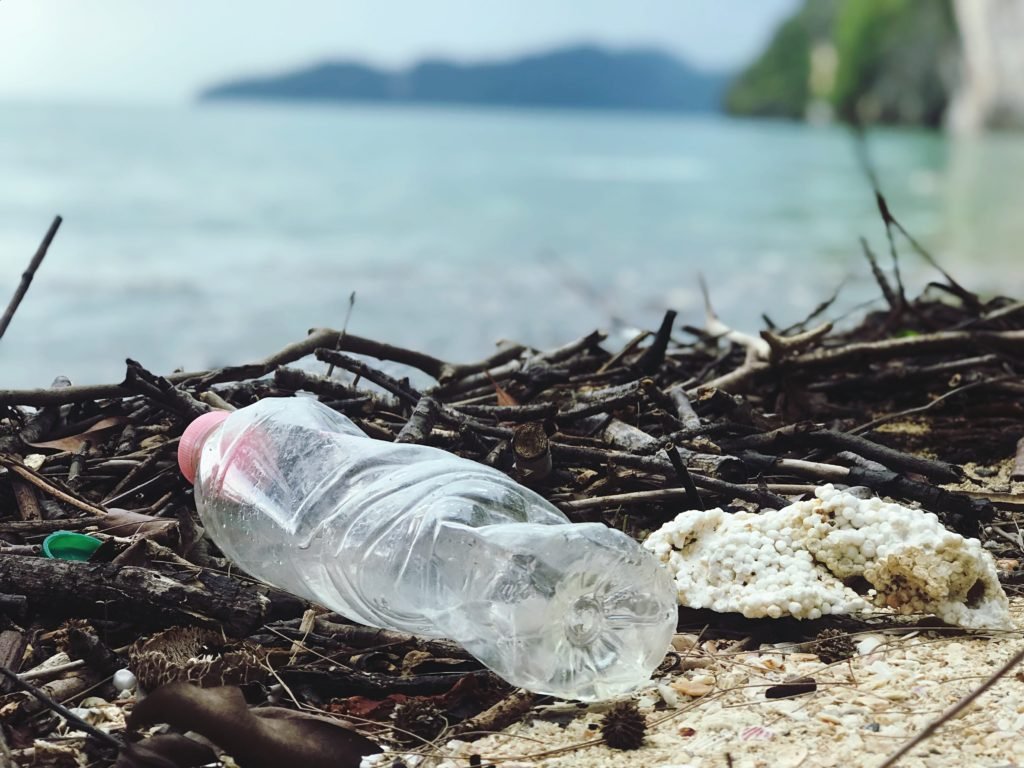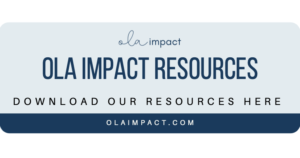The human population on this planet is creating approximately 2.01 billion tonnes of municipal solid waste annually. Shockingly, at least 33 percent of this amount of waste isn’t managed in an environmentally friendly way and it ends up in our landfills and oceans. It has been studied that in the United States only, nine-tenths of solid waste doesn’t get recycled at all. As the population on this planet grows, the amount of waste we generate grows as well. It is expected that by 2050, the amount of global waste generated will grow to 3.40 billion tonnes. If we don’t change our behavior now and start recycling and reusing our current products and materials, we will be in serious trouble. The landfills are among the biggest contributors to soil pollution. When the waste ends up in our oceans, pollution has negative effects on marine life, human health, and the economy. Especially plastic pollution is negatively affecting our oceans. The importance of recycling cannot be addressed enough. In this guide, we will explain the steps of recycling, the benefits of recycling, and how to recycle different materials.

Steps of recycling
According to the EPA, there are 3 steps in recycling which creates a continuous loop. These steps are collecting and processing, manufacturing, and purchasing new products made of recycled materials. In the first step, the idea is to collect all the recyclables and send them to recovery facilities where they are sorted, cleaned, and processed into new materials that can be later used for manufacturing. In the second step, the materials are manufactured into new products. The last step is when consumers buy products that are made from recycled materials.
Benefits of recycling
Recycling has various benefits for our environment and our economy. Recycling not only conserves the natural resources we use in our daily lives but also reduces the demand for them. When we recycle, natural resources such as forests will be saved. Also, we can make sure by recycling that our local ecosystems and wildlife are protected when we are not harvesting new raw materials.
Recycling also saves energy as making new products from recycled materials requires way less energy than making them from the start. It has been studied that aluminum is the most energy-efficient recyclable material as making 20 recycled cans takes the same energy to make as one virgin aluminum can. Manufacturing recycled paper instead, uses only 60 percent of the energy needed to produce paper from the raw materials. When less energy is needed for the manufacturing process, also fewer carbon emissions are produced.
Our current economy is following a linear model where we mine our resources, we use them and afterwards we throw them away. We are used to replacing broken with new instead of fixing it. What we should do is to change our economy to be circular, meaning that we would stop consuming the resources until they are gone but to recycle them and use them over and over again instead. As we work towards a circular economy, more jobs are created. A study conducted in 2016 by Recycling Economic Information stated that in a single year, recycling and reuse activities accounted for 681,000 new jobs in the United States. This equates to 1.17 jobs per 1000 tons of materials recycled.
How to recycle different materials
Plastics
Plastic products are categorized with the Plastic Identification Code. There are seven different codes, which indicate the type of plastic used for the product. The following picture explain the codes in depth, elaborating which products include which type of plastics and if they can be recycled or not.

- Products made of PET 1 plastics should be recycled but not reused. PET 1 plastic is challenging to decontaminate and if it is cleaned properly the cleaning process requires harmful chemicals.
- HDPE 2 plastics are considered to be one of the safest plastics to use. Products made of HDPE 2 plastic can be both recycled and reused.
- PVC 3 plastics are not recyclable. PVC 3 plastics contain numerous toxic chemicals that can leach throughout its entire life cycle.
- LDPE 4 plastics contain less toxic chemicals and are therefore safe to use. These plastics can be reused but not always recycled. If you want to know if you can recycle your products containing LDPE 4 plastic, contact your local recycling services to ask whether they accept it for recycling.
- PP 5 plastics can be recycled, however only through certain recycling programs. If you want to recycle PP 5 plastic products, contact your local recycling services to see if they accept the material.
- PS 6 plastics can leach chemicals that are harmful to human health. PS 6 plastics can be recycled, however not all recycling services accept it. If you have PS 6 plastics you want to recycle, contact your local recycling services to see if they accept the material.
- The OTHER 7 category includes polycarbonate (PC) and other plastics. These types of plastics don’t have standardized reuse and recycling protocols. If you have plastics that have a code 7, contact your local recycling services to see if they accept the material.
Whether the plastic can be recycled and reused or not, we recommend everyone to avoid plastics as much as possible. Plastic pollution is a severe problem that has to stop. According to Plastic Oceans, we produce over 300 million tons of plastic each year and 50 percent of this amount is for single-use purposes. Each year, 8 million tons of plastic is thrown into our oceans.
Glass
Glass is one of the easiest materials to recycle and it has been studied that by creating glass from materials rather than new raw materials the generated air pollution is 20 percent less and water pollution is 50 percent less. Therefore you should always choose products that are packaged in glass instead of plastic. Most household glasses can be easily cleaned and recycled. However, some glasses can’t be thrown into a normal recycling bin. Some of the lightbulbs, for example, have to be taken to recycling centers where they can be recycled correctly. Make sure to always check which type of lightbulb you are using and how to recycle it.
Metal
Metal food packages, drink cans and foil that are made of aluminum or steel can be recycled. Just look for the closest metal recycling bin, wash your metals, and take them to the bin.
Textiles
Almost all textiles that are clean and unbroken can be taken to textile drop-off containers. There are many non-profit organizations collecting textiles to reuse them.

What is even more important than recycling is to reduce our consumption to a minimum in the first place, this then helps us to reduce the amount of waste we create. A good way to start is to switch all the single-use plastics such as plastic bags to reusable ones. Reusing products saves the planet from the emissions created in the manufacturing process when new products are made from scratch or the recycled materials are transferred into new products. We are the only ones responsible for preserving our environment and natural resources.
Author: Oona Yletyinen


